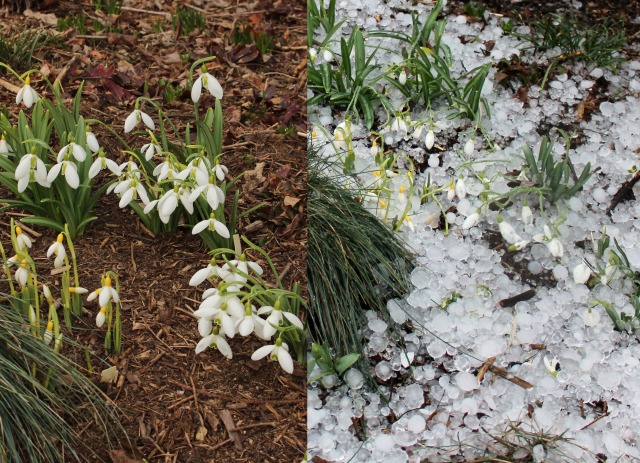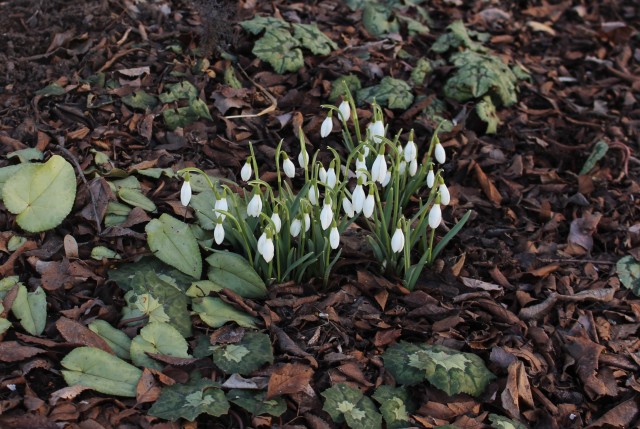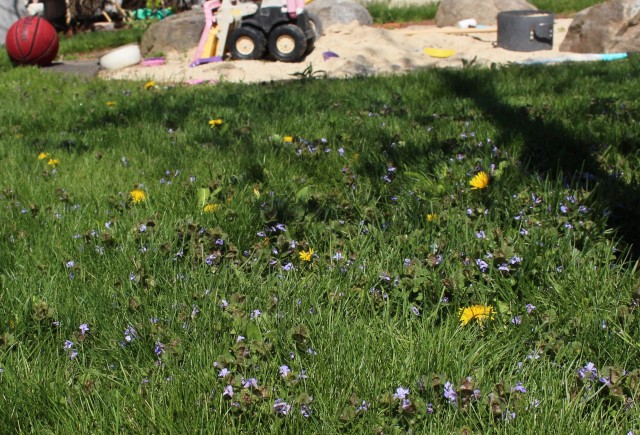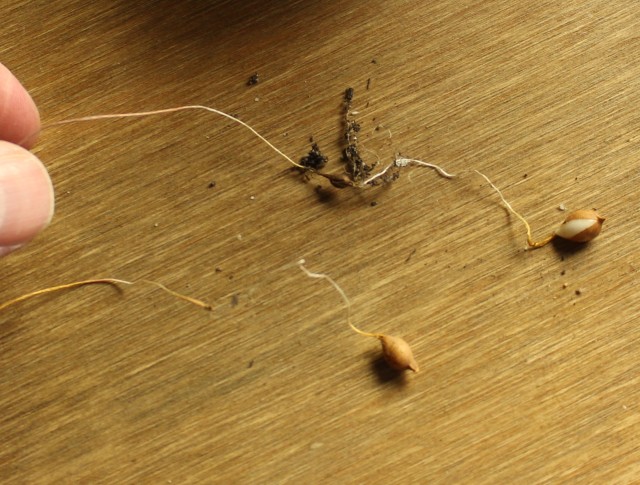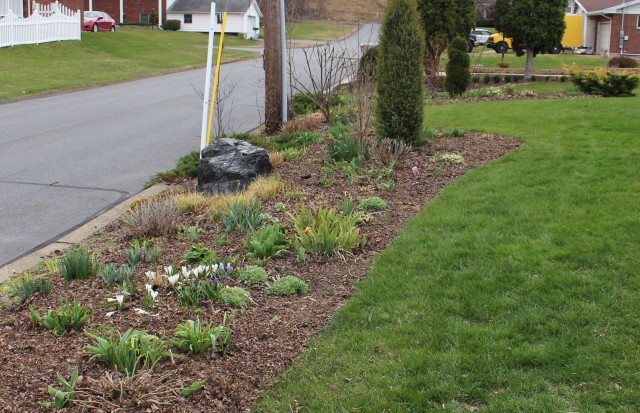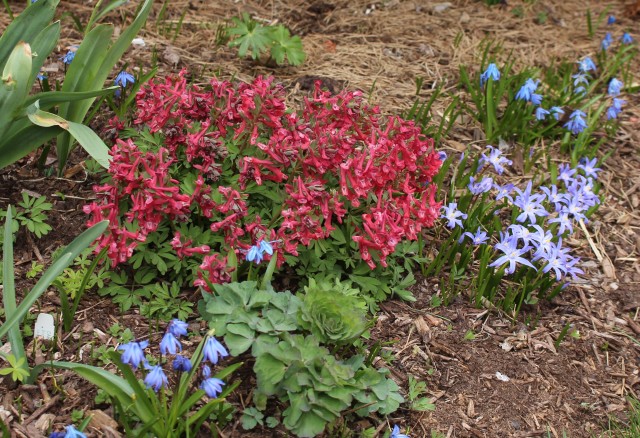I guess it was fun while it lasted and I guess you can already see where this is going, but after a balmy stretch of record breaking warmth our week of unusual February weather has come to an end with a bang. It’s bizarre weather for a Pennsylvania winter and almost has me believing those crybaby liberal scientists who keep trying to push the idea of global warming on us. Luckily I ran into CarlB380 on some online political forum and he set me straight by explaining it’s just some normal variations in our global weather cycles. I heard the Chinese are behind it as well, so everyone just needs to relax.
I have to confess that the Chinese may not be entirely to blame. This year I insisted on buying new snowpants for the kids since they were predicting a wetter than usual La Nina winter. Foolishly enough I thought that bonanza would come in the form of snow. Lots of snow means we would finally take advantage of the ski resort just 15 minutes away and all hit the slopes together to shake off rust and learn new skills. That didn’t happen. The only rust shook off was from the rake I used to clean out the front street border… not that the rake had much time to rust-up in our three week winter.

It will take a few more years before those specks of yellow in the center become a sheet of brigh yellow winter aconite (Eranthis hyemalis), but it will happen soon enough. You may also notice the bed has crept to the right another few feet…
I admit I’m practically drowning in galanthomania (snowdrop love) these last few days, but in the interest of retaining my last few readers I’ll try and limit myself to just a few. Feel my struggle though. Although last year’s hail, heat, and arctic plunge devastated the season, it appears they loved the damp and drawn out spring which followed all that mess. This year they are coming up bigger than ever, with double stalks where I’ve never seen double stalks, and bulbs which have quadrupled in number… all that and a 70F (21C) sun soaked afternoon to sit on the lawn and admire them. Wow.

Last year’s plunge into frigid cold and winds withered the blooms and foliage on this bunch of ‘Magnet’. This spring it’s bigger than ever!
New favorites have settled in as well, and it’s nice to see what a few years can do to the lonely and sometimes lost single flowers of new snowdrop plantings. Here are two newer favorites, Galanthus ‘Kildare’ and ‘Erway’.

‘Kildare’ is a nice green tipped snowdrop out of Ireland while ‘Erway’ to the right has an interesting olive colored, oddly helmet-shaped ovary on top.
Now for the bad news though. A strong cold front had been working its way across the continent and by mid Saturday afternoon reached this end of Pennsylvania. During the first wave, golfball sized hail rained down out of the sky and a tornado spawned just two miles up the road.

In what might not have been one of my smarter moves I ran out to the street to bring the car up into the garage… too late to save it from a few dents in the hood, but fortunately my head avoided the same fate.
We were safe from the tornado, and although huge, the hailstones were short lived and only a few came down per square foot. Impressive enough on its own, but then the second wave hit. Strong winds, pea and marble sized hail, drenching downpour, and the frightening sound of hail smashing the roof and windows. Oh yeah, thunder and lightning as well, and in a few minutes the garden went from an early blossom of spring to a freakish mid summer smack-down.
All the early snowdrops are history and I’m crossing my fingers for the few late ones which were still trying to catch up with the weather. Easy come easy go I guess.
Btw I’m a little impressed with myself over the merged photos. I’m sure this is old news for anyone even marginally computer literate, but just in case you’re interested it was done here> IMGonline
To wrap up my new-found computer savviness I’m throwing in a few videos as well. Here’s the second part of the storm as it really hit its stride.
…and a little later as the storm winds up. My tech skills only go so far, so unfortunately it’s been filmed in the narrow ‘portrait’ orientation, but hopefully this doesn’t kill my chances of breaking the record 23 views which my last video racked up.
We will see where this winter takes us next. I’m hoping it’s to spring but wherever it goes the ride is always an exciting one and always one which reminds me how grateful I am that I don’t rely on the weather for my livelihood. -and please don’t feel bad for the lost flowers, I’m sure they’ll be back stronger than ever next spring and after soaking them up completely for the last few days I think I’ll be fine until the next page of spring unfolds!


